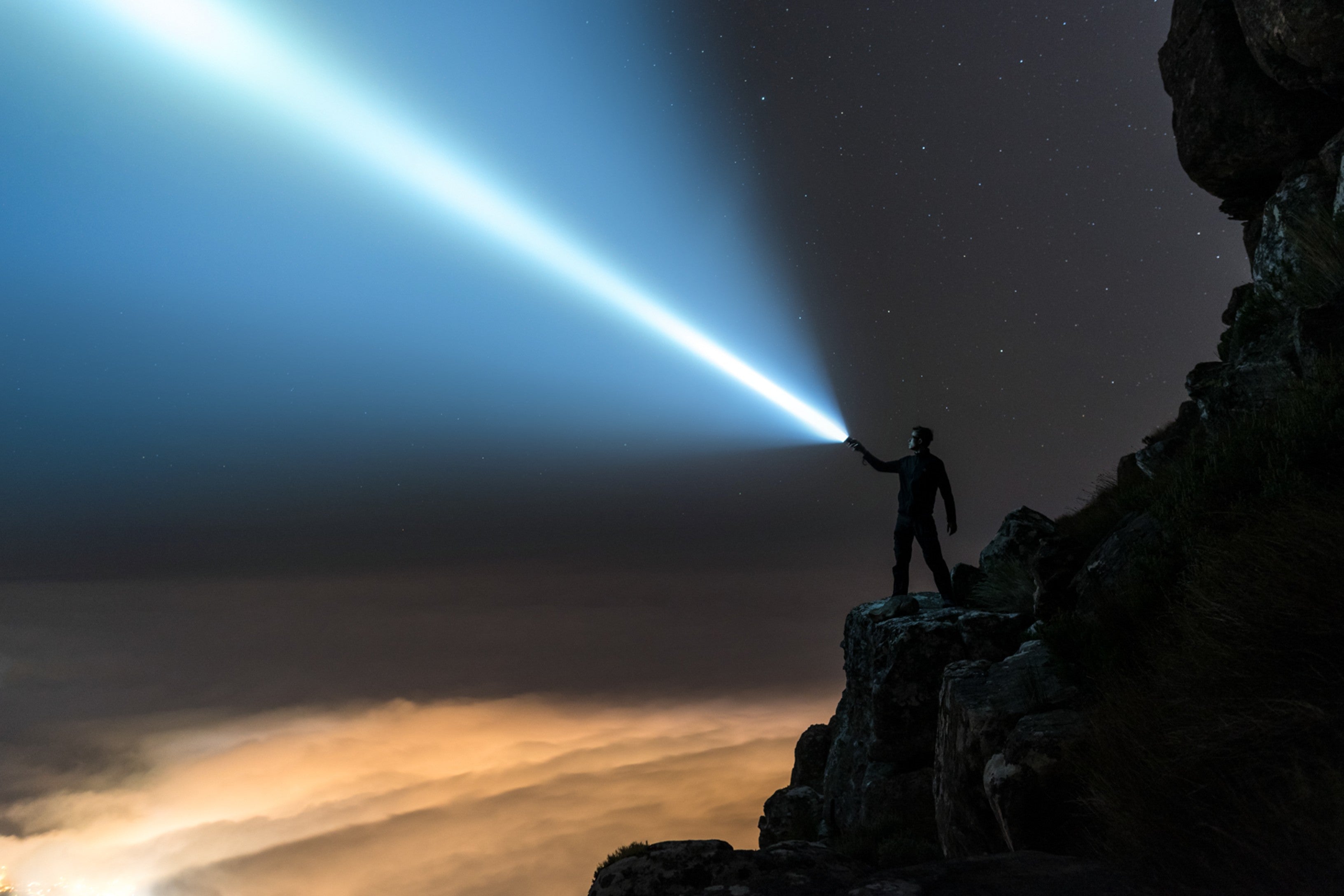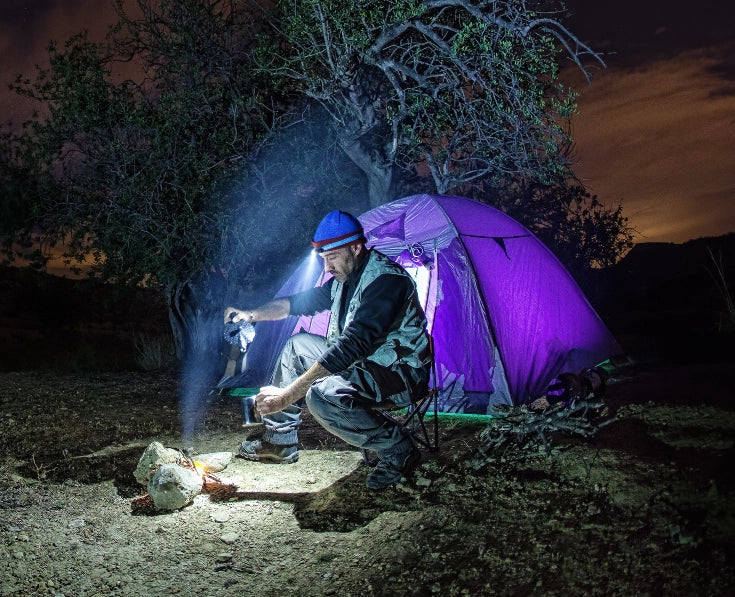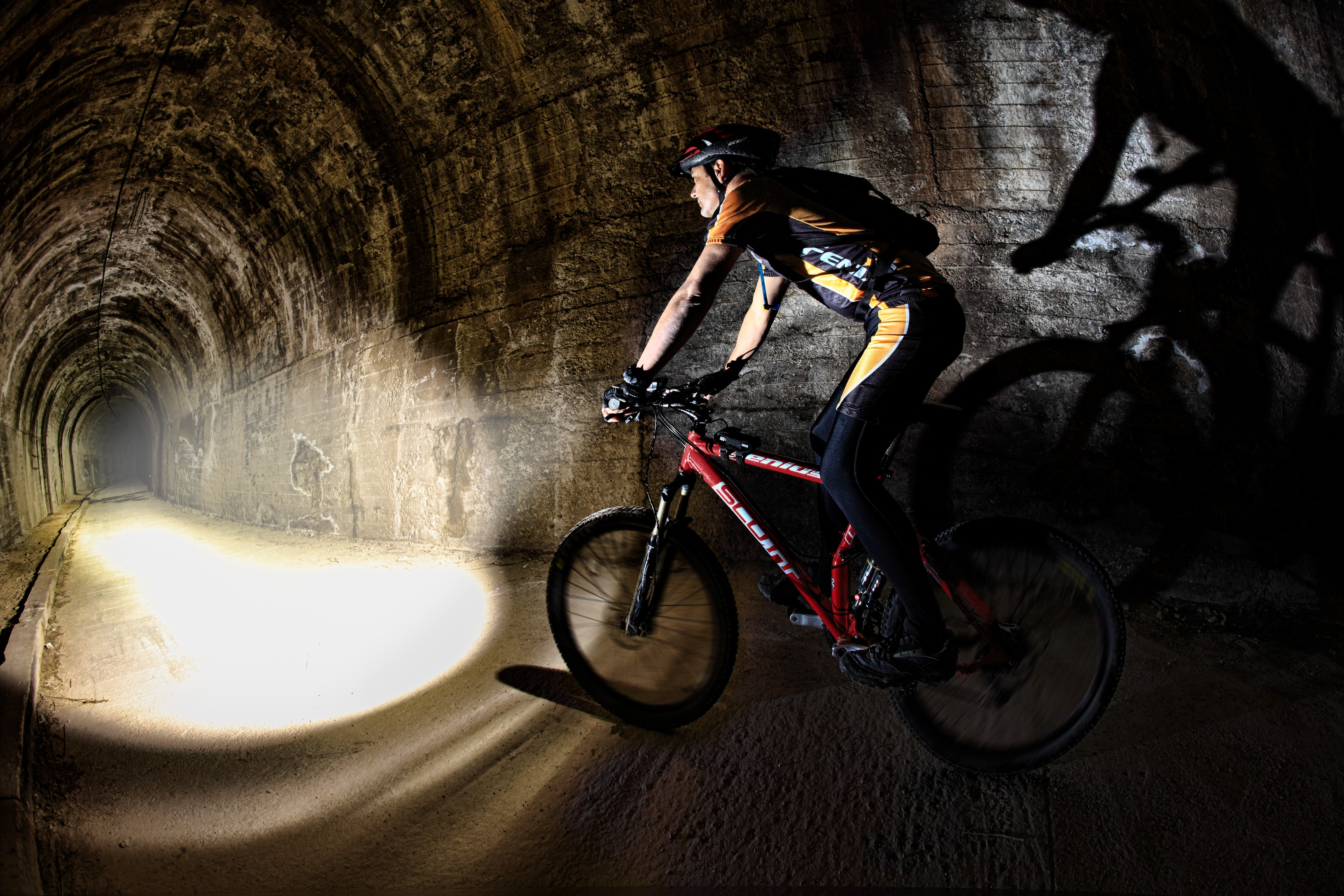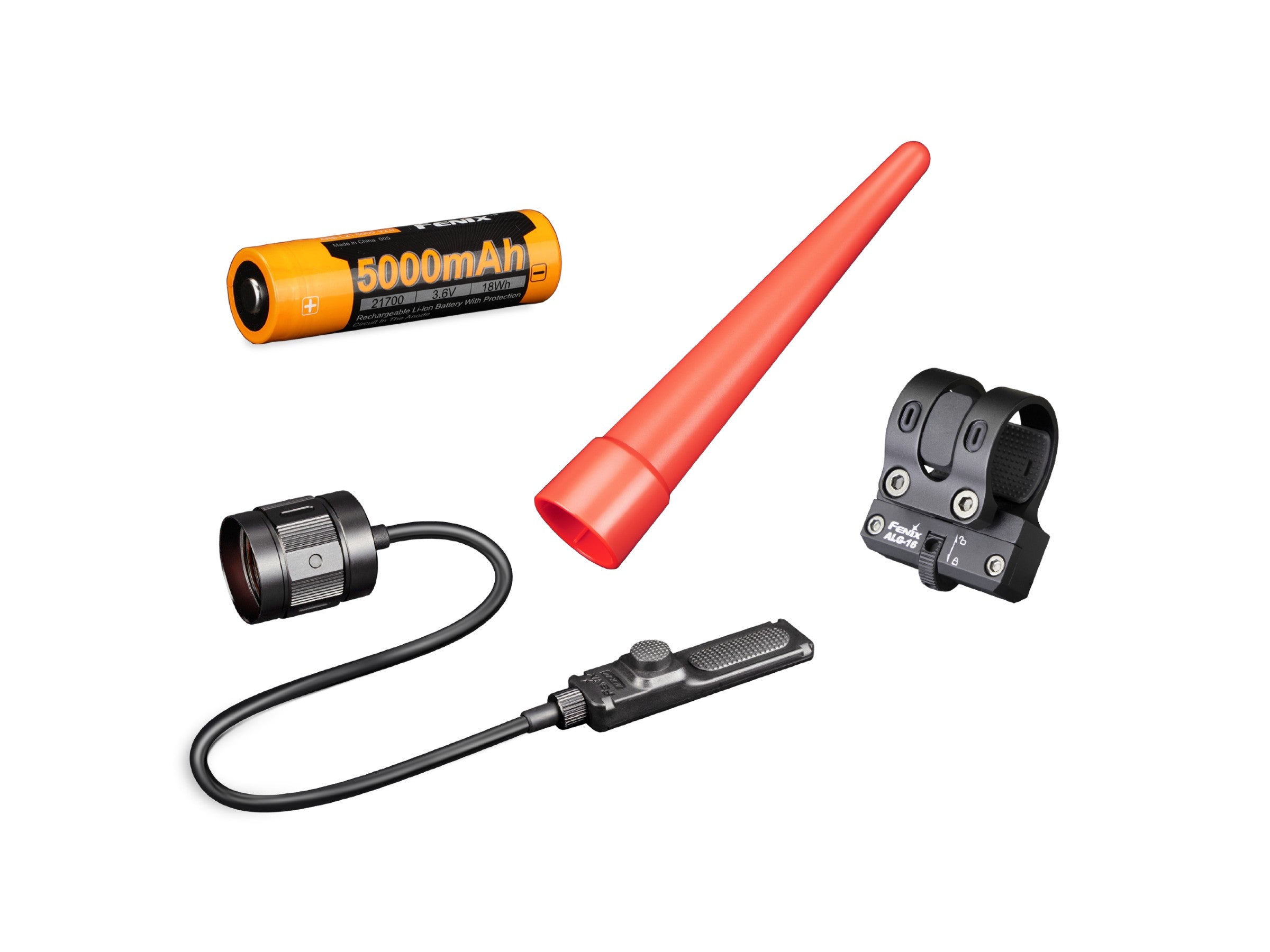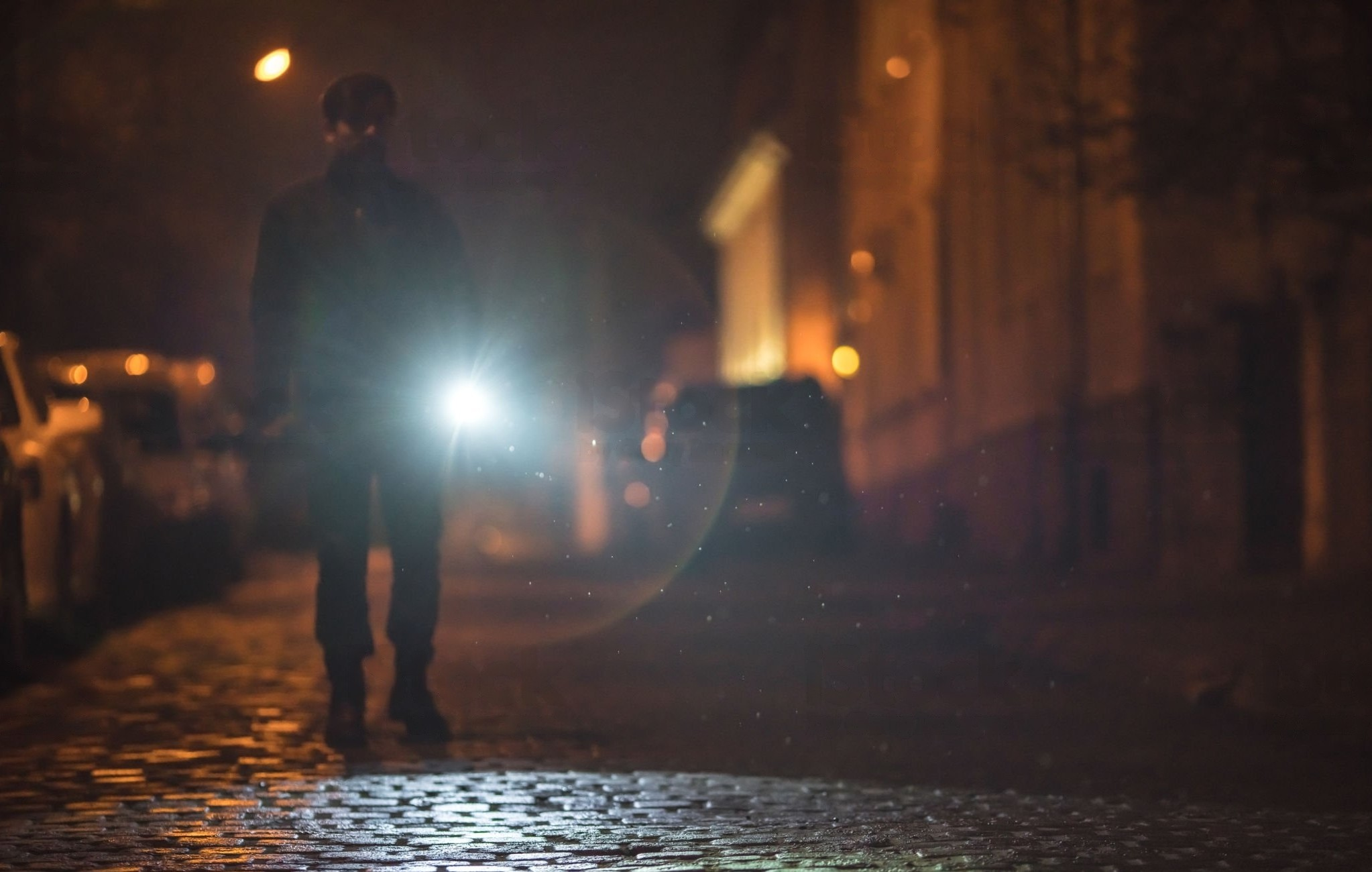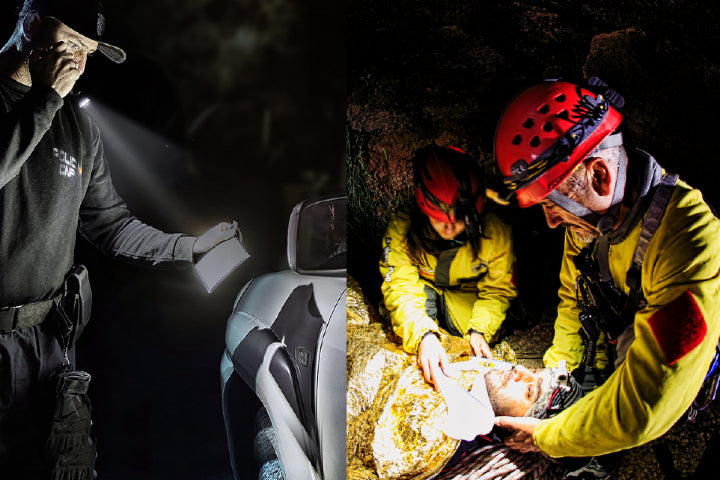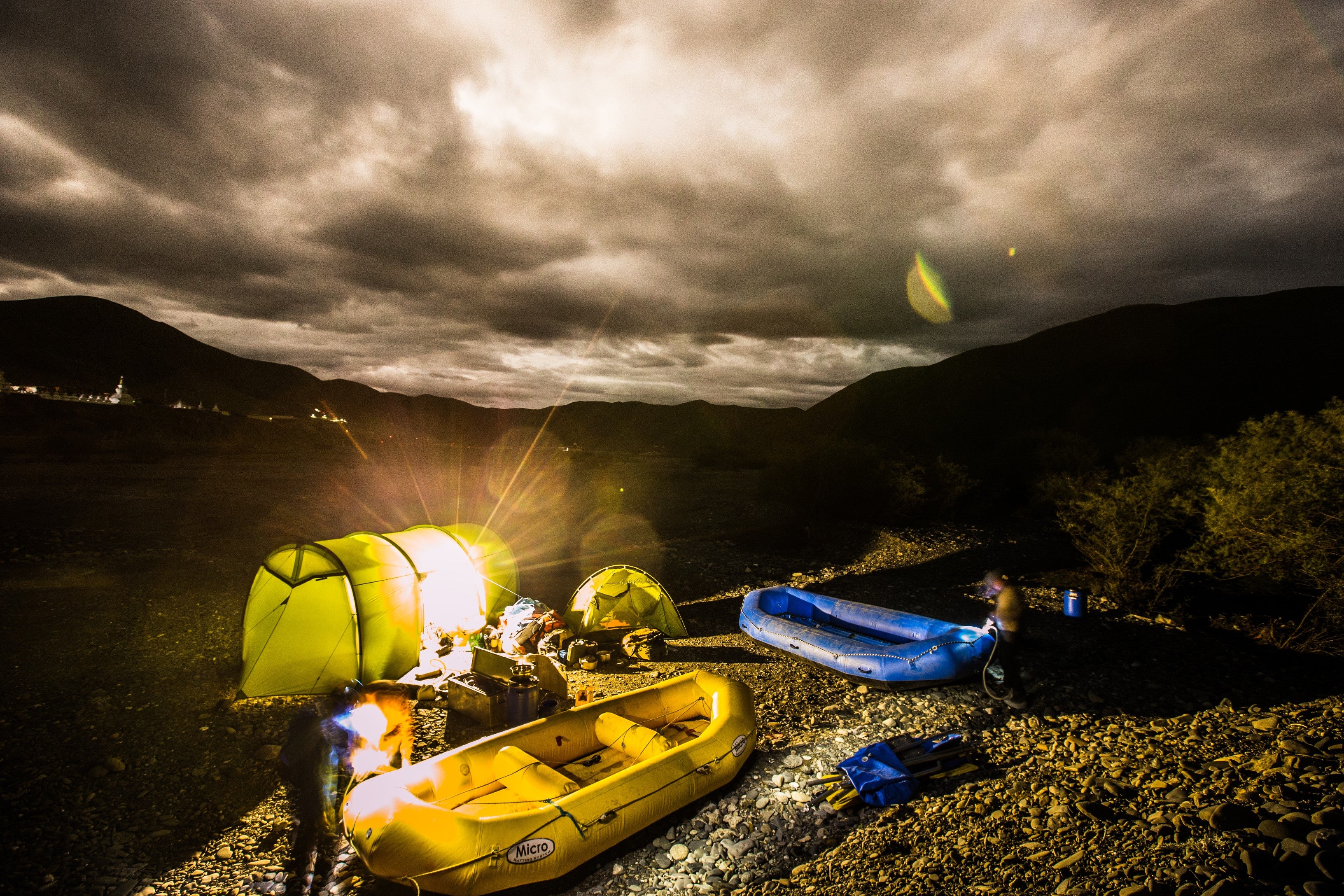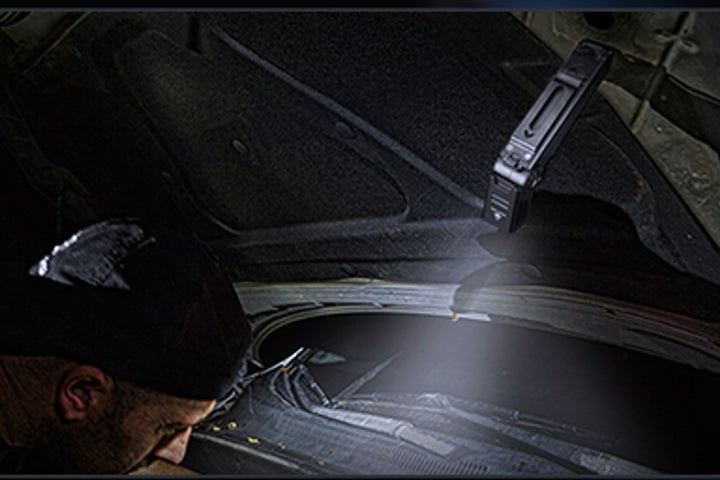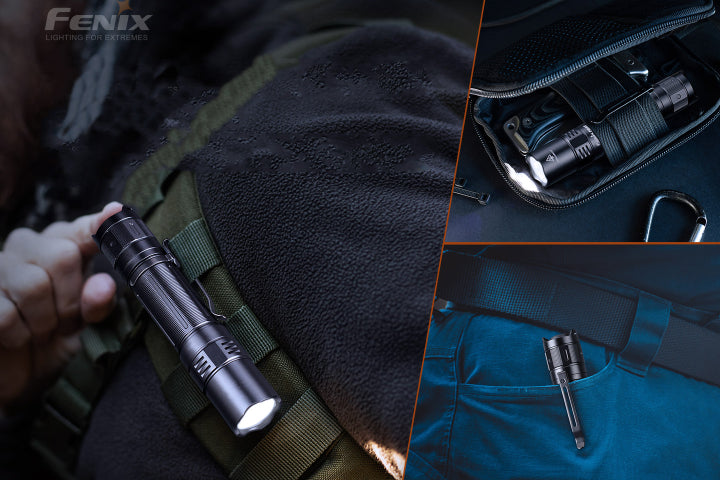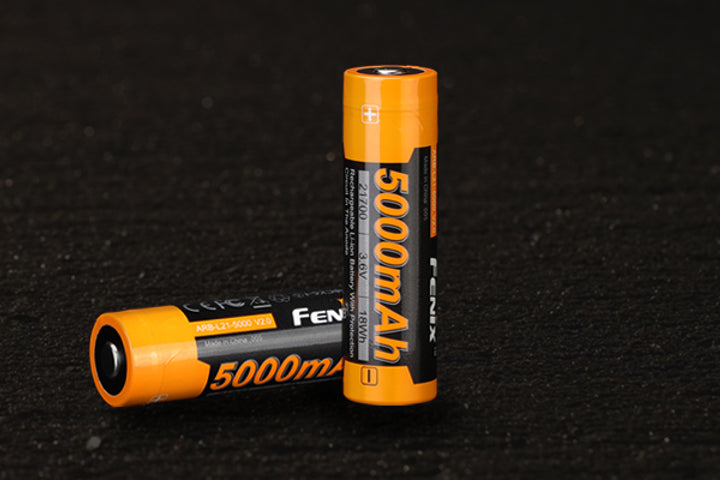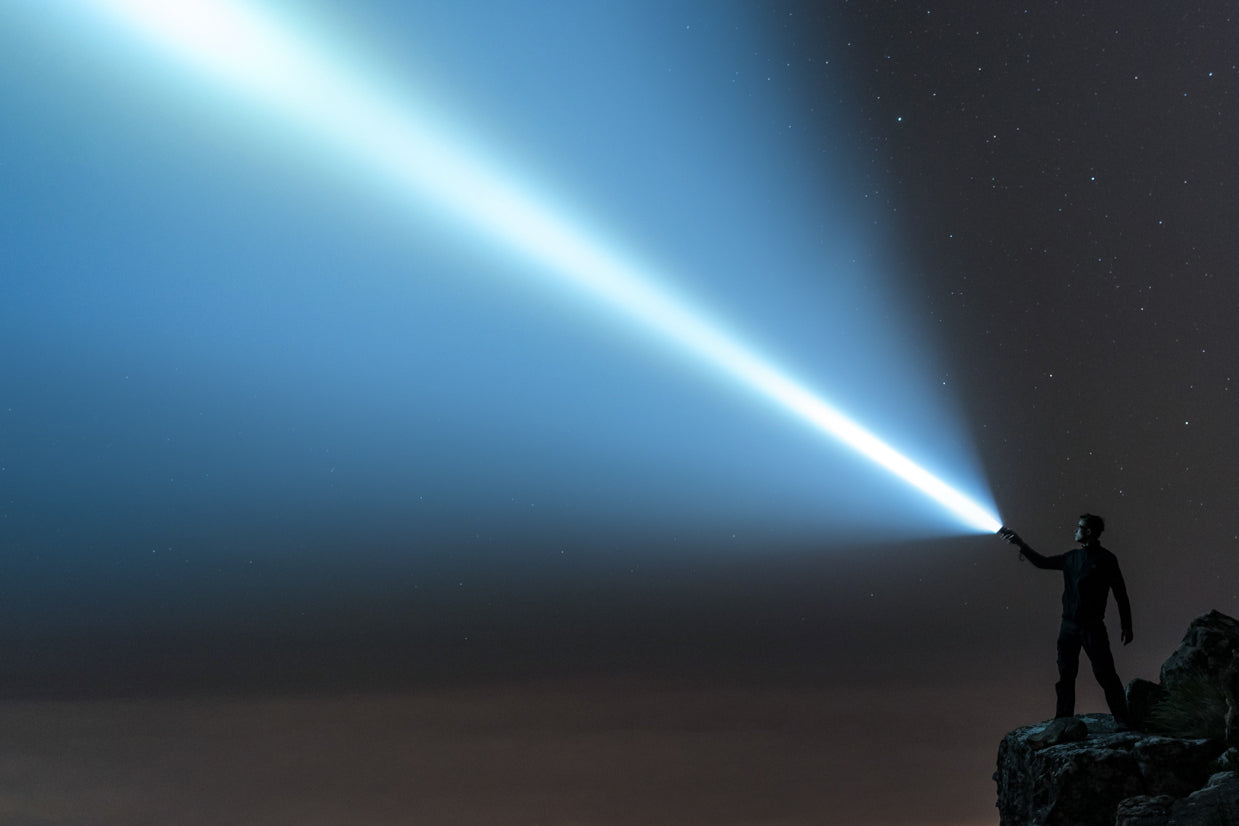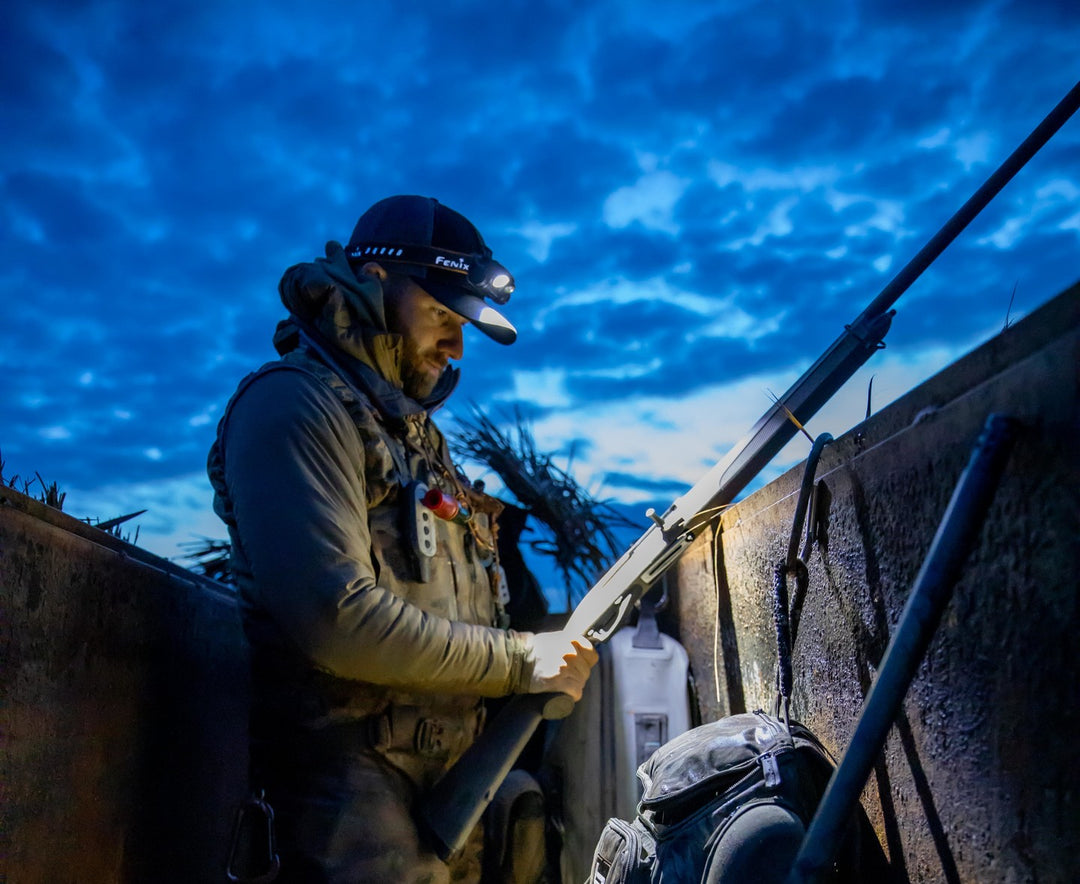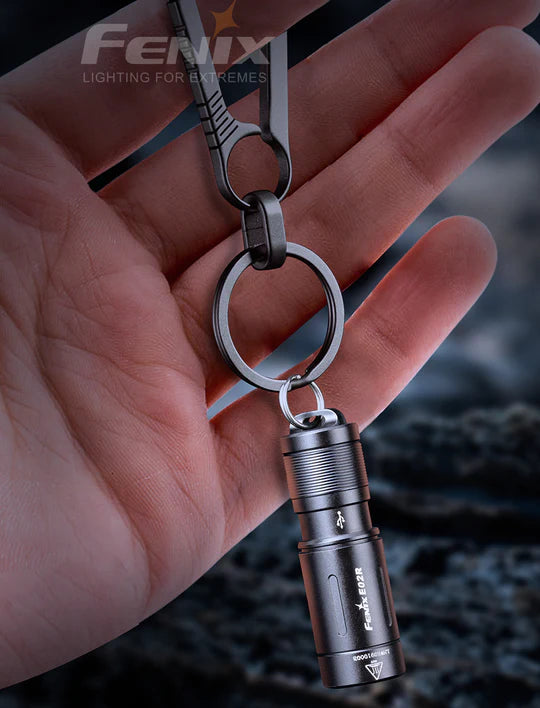7 Safety Precautions To Take While Working In The Dark
Practicing safety tips for working in the dark could save your life– or at least stop you or a fellow worker from being seriously injured. Working at night may have its benefits, but it also yields dangerous situations that require taking proper safety precautions.
Luckily, there are safety tips for working in the dark that can reduce the risk of injury for both you and your coworkers. In this article, we are sharing tips for working in the dark that will help you stay alert and protected in a dark work environment.
Quick Takeaways
- Workplace accidents are 36% more likely to occur in the dark
- Before working in the dark, be sure to assess safety risks and maximize visibility of workers, the worksite, and equipment
- Carrying an EDC flashlight and wearing a lightweight headlamp are crucial to minimizing risk while working in the dark
- Workers should always wear high-visibility jackets or vests, and other reflective clothing to maximize safety
Working in the dark can invite dangerous situations. Here’s 7 safety tips for working in the dark to minimize risk of injury.
Is Working In The Dark More Dangerous?
Although working at night can have its benefits, like less traffic and cooler temperatures, it also poses a greater risk for accidents. Workplace accidents are 36% more likely to occur in the dark, putting your safety at risk if you work regularly in dark environments.
Whether you are a construction worker, police officer, or any other profession, it is critical to prioritize the following before working in the dark.
Assess Risks Ahead of Time
Take advantage of daylight and prep your worksite for night-time work. Flag potential hazards and brief your team members on risks before it gets dark out to maximize the safety of your worksite.
For example, assembling scaffolding or operating heavy machinery presents more risks at night than during the day. Identify which areas need additional lighting to maximize visibility, and make sure fellow workers are aware of risks that lie ahead.
Maximize Visibility
Possibly the most obvious but also the most important, visibility is key to minimizing risk. There are three elements that need to be well-lit in order to maximize safety:
- Workers. Make sure each worker is wearing proper safety gear and well-rested.
- Worksite. Proper lighting is key. Too much lighting can cause a glare, and make visibility worse instead of better. Assess visibility of the worksite before starting to work.
- Equipment. All machinery and equipment needs to be well-lit. Reflective tapes, flags, cones, and barricades help to make sure both workers and civilians can see equipment.

7 Safety Tips For Working In The Dark
If you plan for risks, maximize visibility, and use proper safety equipment, you and your work crew are set up for success. Below, we have included 7 safety tips for working in the dark to maximize safety.
1. Work In Pairs
The buddy system is a tried and true method for maximizing safety, and it proves to be an effective safety tip for working in the dark. Avoid working alone in the dark– the more people working together, the better. With more eyes on a situation, the more likely it is for hazards to be resolved quickly.
2. Always Have Access To Portable Light
Remember, visibility is key to keeping worksite risks at a minimum. And, even with proper planning and risk assessment, it is likely that you will need access to additional light.
Be sure to keep a durable EDC or magnetic flashlight on hand at all times. We recommend a compact, powerful unit that can fit comfortably in your pocket. It is also ideal to have access to a lightweight, headlamp. This way, you can ensure reliable, hands-free light when necessary.

3. Watch Out For Fatigue
Workers should be trained to detect signs of fatigue before working in the dark. Even if workers are rested and prepared to work at night, the darkness may still trick them into feeling tired. To maximize safety, it is crucial for workers to be aware of how tired they feel and the steps to take to stay alert while working.
4. Communicate Constantly
Communication is key, especially during the night shift. If something does not go as planned, workers should be ready to communicate as needed. For example, if a worker is feeling tired, it is important that he or she takes the proper measures to take a break and restore alertness.
Since there is more risk for danger in the dark, it is important for workers and employees to check in with each other regularly.
5. Wear The Right Clothing
Dressing appropriately is key to staying safe in the dark. Workers should always wear high-visibility jackets or vests at minimum, but it is recommended that each article of clothing worn is reflective. Even shoes should be bright colored to maximize visibility.

Although, regardless of whether clothing is reflective or not, it is important to avoid wearing any dark clothing. Workers should wear light colored clothing since it is more visible in dark conditions.
6. Avoid Distractions
Operating heavy machinery, especially in the dark, comes with a great deal of risk. Given the circumstances, workers should be free of all distractions so they can maximize focus while working. Distractions can easily lead to dangerous situations, and are even more likely while working in the dark.
7. Use Proper Equipment
In addition to reflective clothing and high performance flashlights, there are often other kinds of equipment that can maximize personal protection. For example, employees working in the dark may carry a whistle in case they need to signal for help.
Consider your own work environment and determine whether there are other types of equipment that can maximize your safety in the event of an emergency.
Practice Safety Tips For Working In The Dark Today
By practicing these safety tips for working in the dark, you can greatly reduce the risk of injury on your worksite. Remember to assess risks ahead of time and prioritize visibility to maximize the safety of both you and your fellow workers.
Want to learn more about how you can maximize safety with high quality light? Fenix can help. Visit us today to find high performance lighting solutions, or keep learning about staying safe after dark here on Fenix’s blog.
